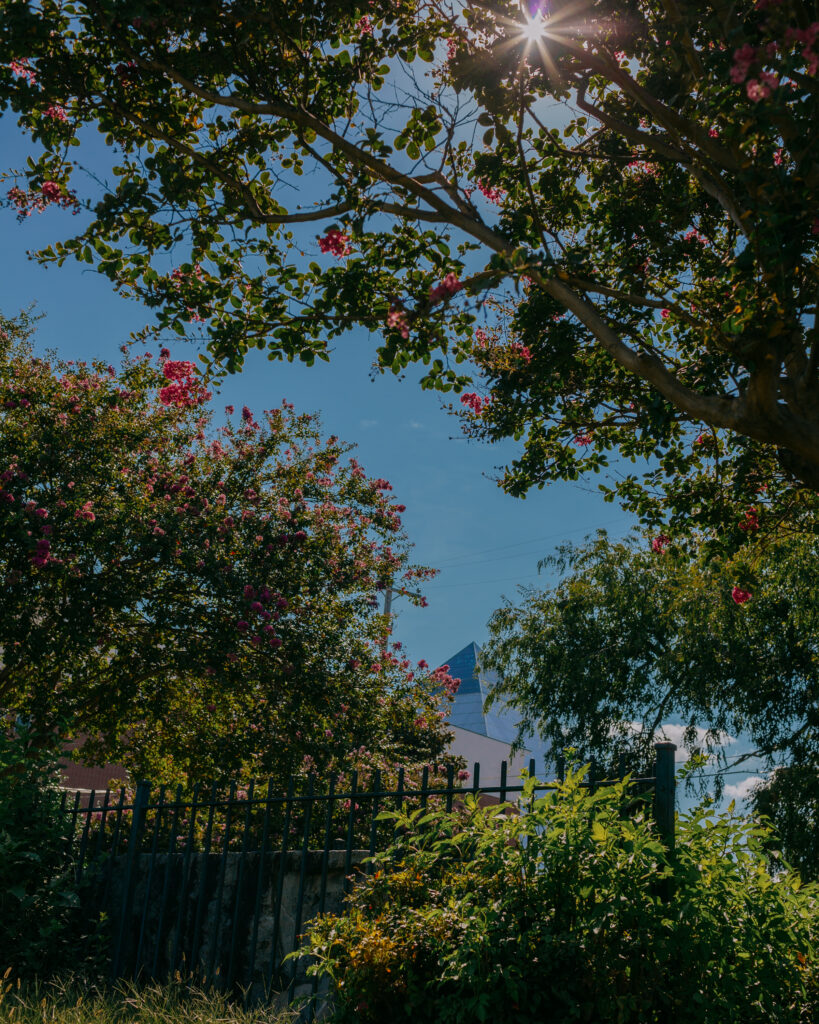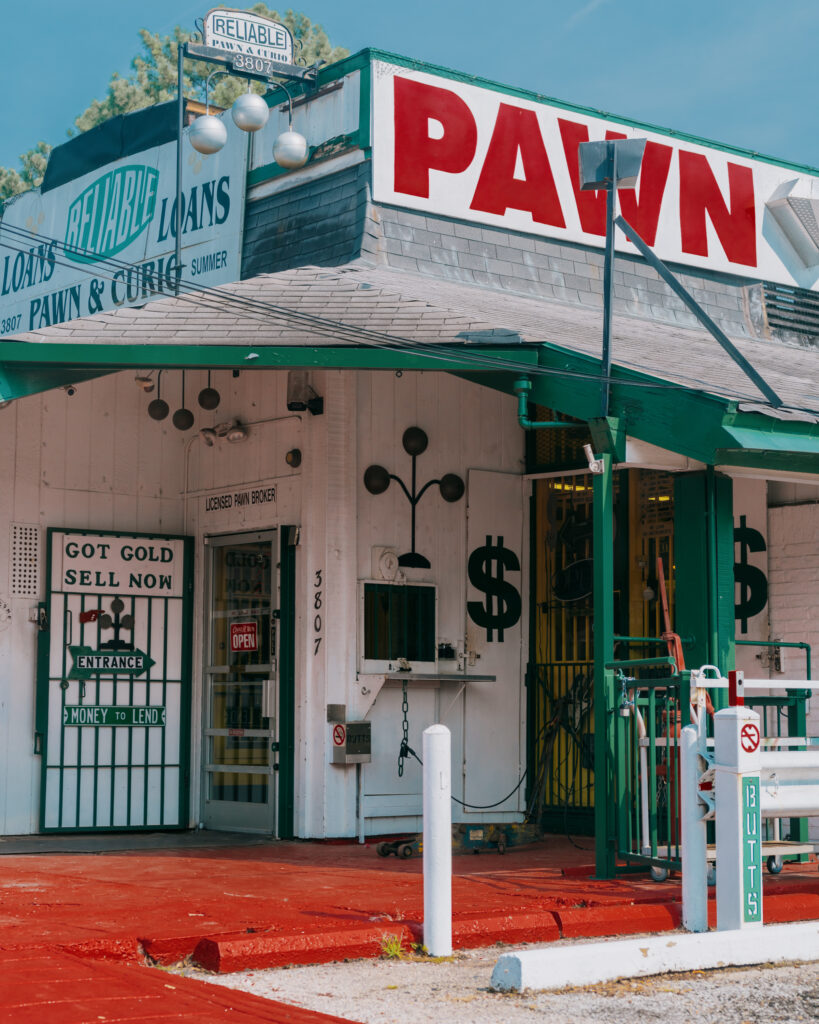Semi-autobiographical self-portraitist Tommy Kha’s book Half, Full, Quarter tells his story of art and truth
Photographer Tommy Kha has been described as a semi-autobiographical self-portraitist. What is that, you might ask? His book, Tommy Kha: Half, Full, Quarter, published in February 2023, answers that question. It contains many of these self-portraits, at times with his mother, and in different, surprising compositions, or in the form of cardboard cutouts of different sizes and contours.

Half, Full, Quarter was a joint venture with nonprofit publisher the Aperture Foundation and other groups, as well as part of Kha’s 2021 Next Step Award, which supports U.S.-based artists with attention to equity and presenting diverse opinions “at critical junctures in their artistic development.” An exhibition, Ghost Bites, affiliated with the award opened in February 2023 at the Camera Club of New York on Baxter Street. Kha lives in New York and Memphis, teaches at the Parsons School of Design, and has an exhibition coming up in March 2024 at the High Museum of Art in Atlanta.
Kha describes his new book as five intertwined bodies of work. It’s a survey of ideas he’s been working on the last few years that include photographs taken by his mother, May Kha, in the 1980s. The end of Half, Full, Quarter contains collages that were added toward the final part of Kha’s process. He played with them to try to reiterate the cutout gestures that appear in the book’s main body of work called “Facades.” That section is basically pictures of his cutout form, cardboard standings, and the insert of the 3D printed mask of his face. Another section of the book, “Southern Portraits,” is composed almost entirely of photographs set in Memphis, as are the photographs in the section titled “Semi-self-portraits.”
These many themes at work in Tommy Kha’s photography rhyme with his observations about creativity. He says, “To be creative, to create, are almost synonymous to being an archivist, activist, historian, artist, archaeologist, hunter, gatherer, an exorcist, a medium. But I think Ocean Vuong says it best, which is ‘start with truth and end with art.’”
That art and truth for Kha start with his Memphis background. Kha grew up in Whitehaven. He went to Graceland Elementary, and graduated from Memphis College of Art in 2011, before getting his MFA from Yale in 2013. “Memphis is not just this kind of subject matter for me,” says Kha, “It appears in my work. It’s in the background of some of my photographs. It’s where I experienced the majority of my life. It played a really big role. So there’s a bit of anxiety and attempts at understanding that happens when I come home. My family still lives in Memphis. I feel like I’m more of a part-time person or Memphis expat being out in the world, but I always try to find things that remind me of home. I’m looking for something familiar, something that kind of echoes that feeling.”


Kha was working on Half, Full, Quarter in 2020 when he was invited to submit a work to the UrbanArt Commission for the Terminal B reopening art gallery display at Memphis International Airport to be featured with other artists who grew up or worked in Memphis. Kha was originally excited about this as a native Memphian, as well as the opportunity to be shown alongside his teachers and mentors. His initial proposal, though, was rejected. Closer to summer 2021, UrbanArt and the airport requested his art to be shown in January 2022. The photograph, titled “Constellations VIII,” depicts a cardboard cutout of Kha in a 1970’s Elvis jumpsuit amidst what appears to be a 1960’s era kitchen. Kha made the photograph in 2017 and it had been on a billboard in LA and on the cover of Vice magazine.
“To be creative, to create, are almost synonymous to being an archivist, activist, historian, artist, archaeologist, hunter, gatherer, an exorcist, a medium.”
Kha’s photograph was on display in Terminal B for about a month before he began to get messages from UrbanArt and airport officials about negative comments about the work on Facebook, some of which included racist complaints. Kha says there were some unhappy Elvis fans who had a lot to say about his photograph. Kha met with airport officials alongside the UrbanArt Commission over Zoom and there was an agreement to discuss the situation further.

He requested to be informed if there were talks about taking the work down. Unfortunately, those further talks did not happen, and that weekend the photograph was removed. “It feels really crappy to have your work taken down,” said Kha, “The piece, the first print, was destroyed. It was on vinyl. There was a reason why I asked to be told if it was going to be removed. There was a way to save it in some way.”
Soon, supporters of the piece began to speak out and a campaign in favor of returning Kha’s art grew across social media. Kha says, “I guess people were expecting me to say something publicly. So I ended up posting on Instagram about my work being taken down.” The UrbanArts Commission also posted on Instagram in favor of reinstalling the piece. Within two days, the piece was reprinted and reinstalled.
At the time of the incident, Kha was more concerned with the attention taken away from the other 60-plus artists in the show. He said, “I think it’s important to walk through and appreciate the work of all types of people, each artist representing a bit of that. That’s what I choose to focus on.”
Kha also felt that if people had looked into the context of his work and of that piece, they would realize that it was very much in keeping with the body of his other work and his interest in Elvis, as well as Elvis tribute artists.

Kha spent most of the following months taking a break from social media. He was exhausted by the controversy and by people contacting him about it. “On one hand it worked out for me, but I don’t want people to see just that it worked out for me, but how do we prevent this from happening again?”
There is some history in Memphis of controversy around public art, like Birdcap’s 2016 mural as part of the Memphis Heritage Trail project in collaboration with artist Derrick Dent. Located on the side of the downtown Memphis MLGW building, Birdcap, also known as Michael Roy’s mural, received criticism for “Black Lives Matter affiliations” and was in danger of being removed by the city of Memphis if not for significant backlash on social media.
“I think Ocean Vuong says it best, which is ‘start with truth and end with art.’”
Kha wants there to be a safety net to prevent this kind of controversy from resulting in censorship. He looks forward to workshops with public art directors and lawyers in the arts, and to have workshops about professional development and handling contracts. “I’m thinking of small gestures trying to redirect the conversation in more productive ways,” said Kha.
Kha says that the unwanted attention also detracted from Tennessee passing anti-trans bills and other important topics during the time of the art controversy. “Those are real conversations and real policies that I feel are urgently important to talk about: gun safety, how not to be fearful, how do you heal as a community, talk about difficult things without apprehension, without being yelled at. That’s what I think we are capable of. And I think I want to say that the community response to the airport controversy was one of the most beautiful things. I think what Memphis does affects the country, that coming together not just in support, but that interaction, and just the togetherness, that community in action. Yeah, I really hope that for others. I hope that other people feel that and receive that.”
Tommy Kha: Half, Full Quarter is available in stores now.
All photos courtesy of Tommy Kha, @tommykha.



